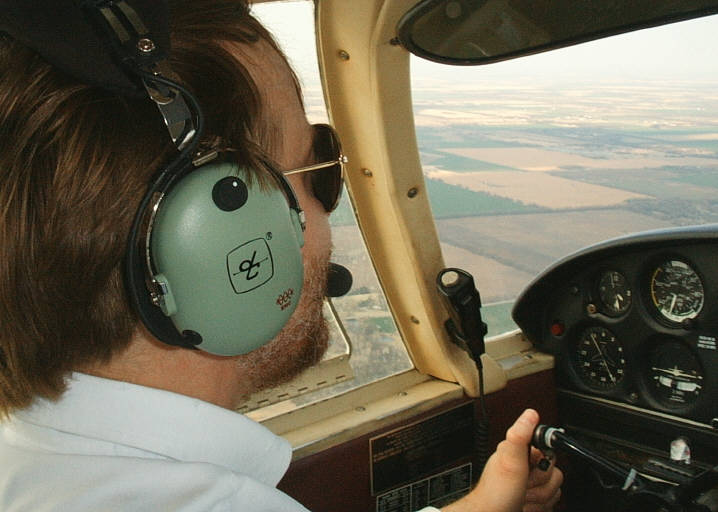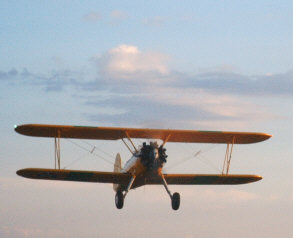 Return to
Return toGallery
Index Page

Welcome
to
Richard's
Personal
Gallery
1999-2010
by Richard Harris
All Rights Reserved
 Return to
Return to
Aviation Answer-Man
Gateway

 Return to
Return toGallery Index Page
|
Welcome
|
|
AIRSHOWS & AIRPLANES
2006 & BEFORE
|
Red Hot Patty World Champion aerobatic pilot Patty Wagstaff, the "red hot Gypsy" of the sky, tears up the air over Jabara Airport, Wichita, at the Kansas Flight Festival, Summer 2005. Patty's fast-rolling, high-climbing Extra 300 can barely keep up with her energetic thrashing of the joystick as she dances on red and white wings to the song "Red Hot."(While waiting the few minutes for this great video to download, check out the other pix below. If you get a message saying sound doesn't work, it's your computer -- you can still see the video; click the "close" button, and continue waiting for the video. When it's all downloaded, press the "PLAY" (->) button on your viewer.) |
|
Two Talking Tech
Nationally renowned airshow announcer John 'Hoot' Myers (right, in yellow shirt) thrills the show crowd at Benton Day airfest, near Wichita, with tales of flying locally-built aircraft and vintage warbirds, while "yours truly" fills in the historical and technical details about the aircraft as they fly by.
Twisting
And I actually rolled this one through the summer sky! A two-and-a-half-ton, 600-horsepower AT-6 of the North American Top Gun flight school.
|
 Return to
Return toGallery Index Page |
~~~~~~~~~~~~~~~~~~~~~~~~ |